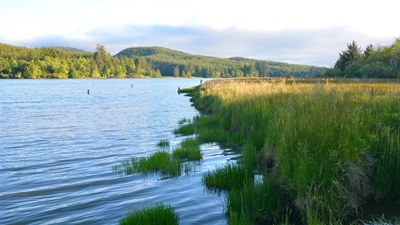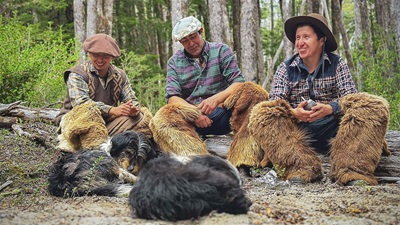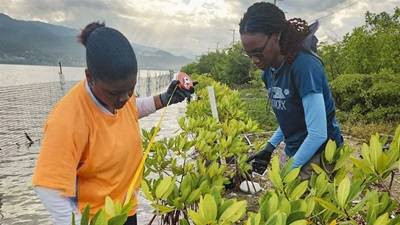
A rarely seen Andiperla willinki stonefly moves over glacial ice in Chilean Patagonia. The insect—not quite an inch long—spends its entire life cycle in glaciers, surviving thanks to an antifreeze-like substance in its body and a diet of algae that grows in the glaciers’ crevices. The dragon of Patagonia, as it’s commonly called, is highly sensitive to pollution, so its presence is an indicator of a pristine environment. And per the United Nations, 2025 is the International Year of Glaciers’ Preservation. Since 2016, The Pew Charitable Trusts has worked to protect the special geological features of Chilean Patagonia, a 175,000-square-mile region of glacial-fed rivers, ancient forests, and sea harboring some 40,000 islands.
Explore the Issue
This article is part of a magazine issue featuring in-depth stories and insights.
Read the full issue.












